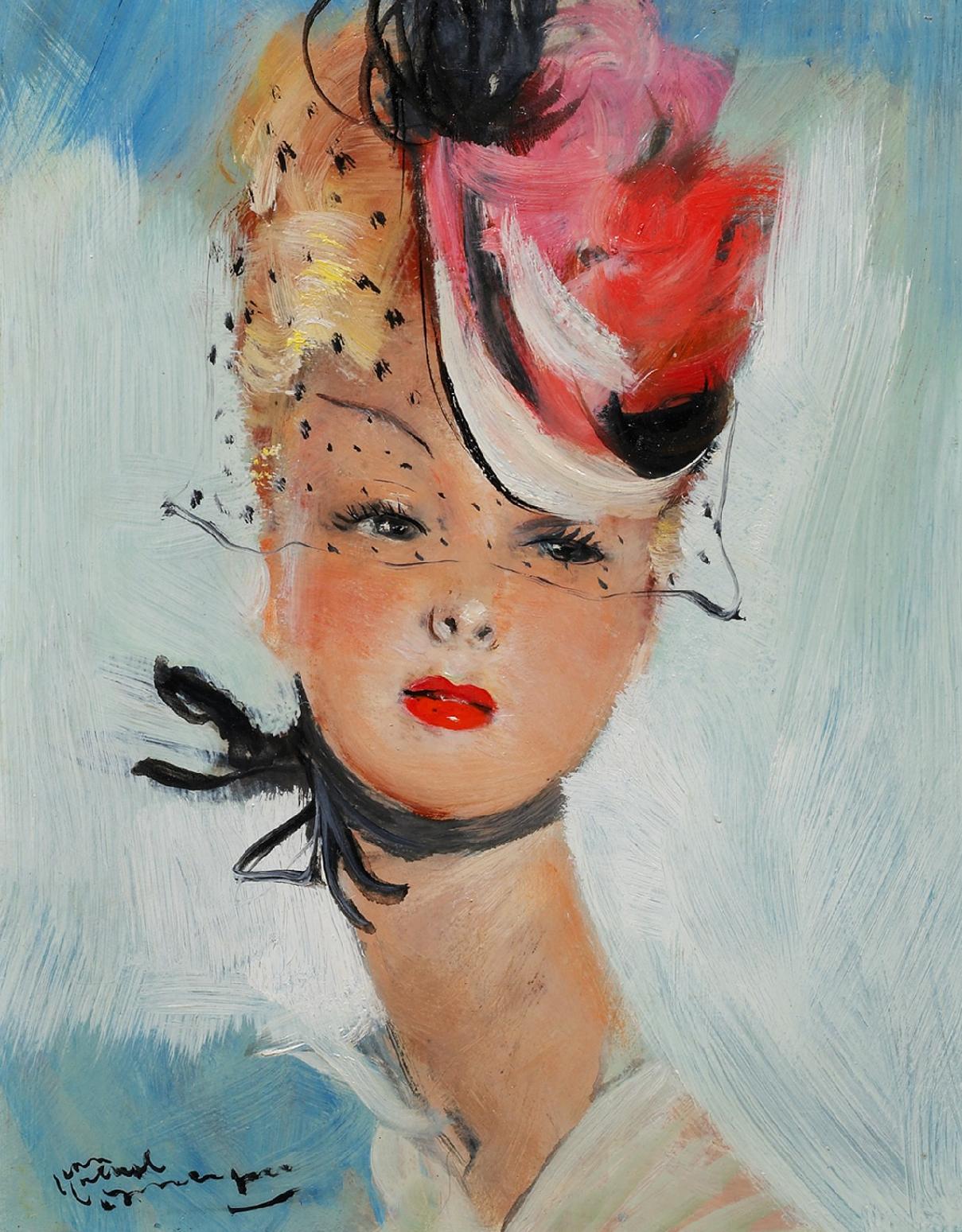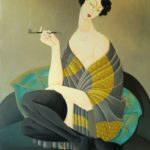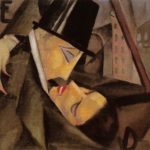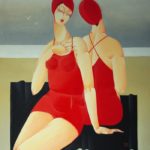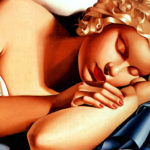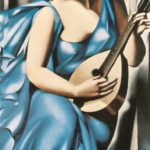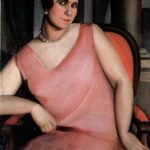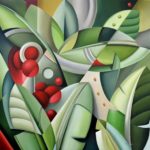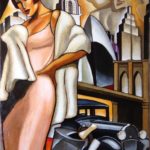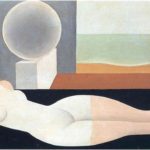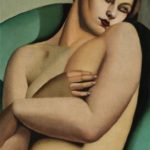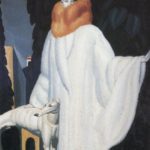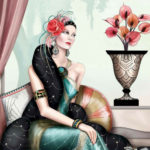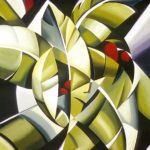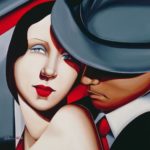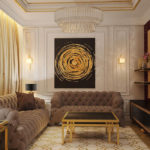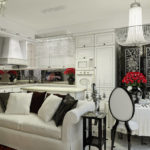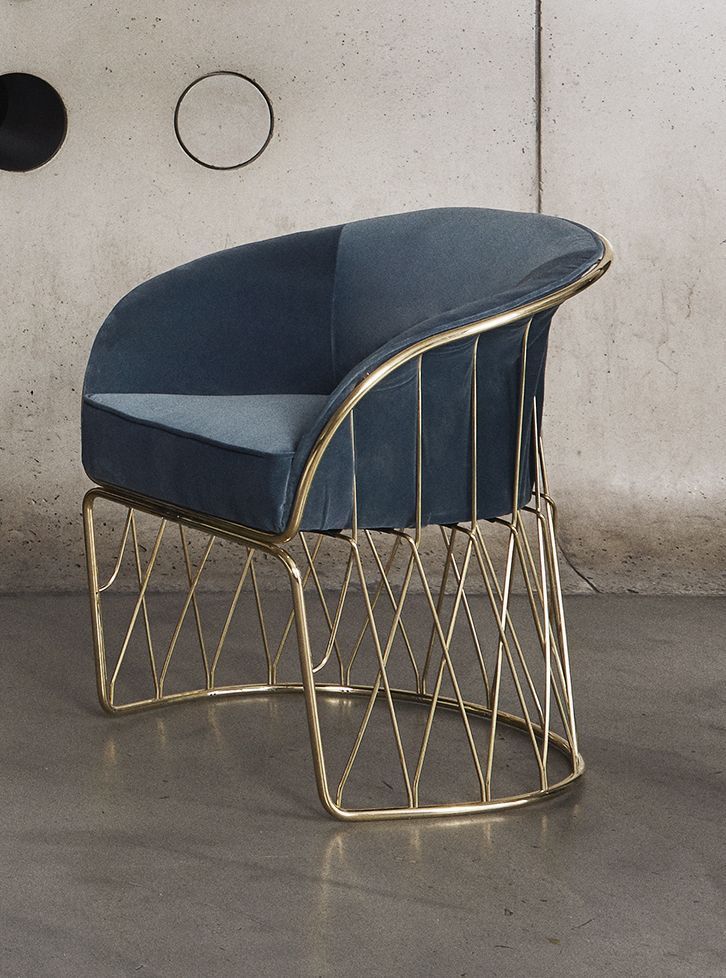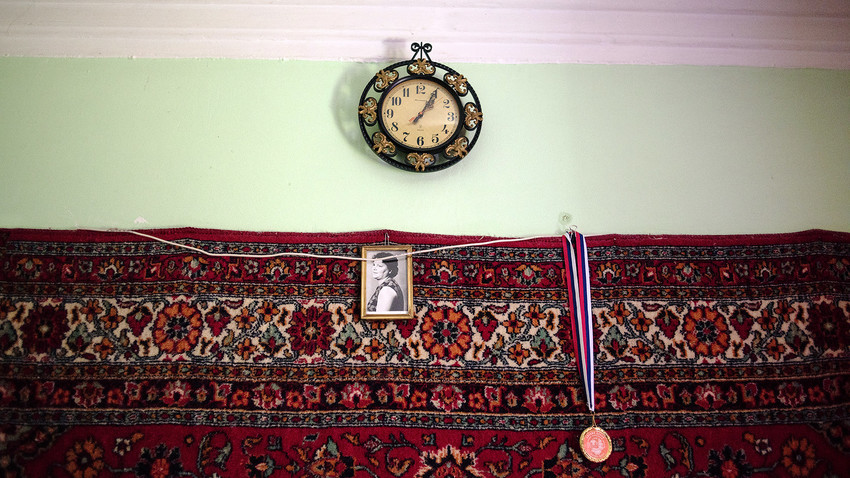Art Deco paintings
Art Deco paintings are a harmonious combination of expressionism, modernism and cubism. The style, which lived out its golden years between the world's two major conflicts, was one of the most elegant and glamorous in the history of modern art. It was adopted by many artists regardless of the field in which they worked: from architecture and interior design to painting, sculpture, ceramics, fashion and jewelry.
During the interwar period, Art Deco paintings were synonymous with modernist ideas of progress, optimism and luxurious lifestyles for an entire generation of young people who came of age after the war. The aesthetics and heritage of Art Deco continue to delight today - in interiors, clothing, paintings, furniture. And nostalgic trends in modern society continue to revive some features of this luxurious style of the past.
The content of the article
Characteristics
Art Deco originated in France in the 1920s, and reached the peak of its popularity on an international scale by the mid-1930s. We can say that this direction became a successor and a kind of reaction to modernity.
Art movements such as cubism, constructivism and futurism, which created a kind of symbiosis with the interweaving of various exotic motifs, had a huge influence on the origin.
As for painting, art deco in paintings can be described by basic but very important features:
- exact geometry of all elements;
- complete or partial escape from reality;
- bright, lively, rich shades;
- clear meaning, lack of mystery or subtext;
- some pretentiousness and pomp;
- smooth strokes, contours;
- complete symmetry;
- ethnic motives.
Works of art are simply replete with luxury and richness, which are miraculously intertwined with straight lines and clarity.
Ideas
The principles are based on Art Nouveau and Neoclassicism:
- The images of figures and people are executed in strictness.
- The color palette used in Art Deco is characteristic of the Fauves from Paris.
- Display of Egyptian culture, Aztec art, classics of antiquity.
- The canvases are not characterized by any philosophy; they are purely decorative.
- Ornaments, ethnic motifs, strict patterns.
The style developed under relatively difficult conditions. The unstable economy and political situation - this was also reflected in Art Deco paintings. As a rule, they do not force you to think, go into details and subtleties. They are created to please people, lift their spirits, and satisfy their aesthetic tastes. The artist’s goal is to create a harmonious symbiosis of the best trends, presenting to the world something luxurious and impressive.
Art Deco paintings in the interior
If you are trying to recreate this style in your home, then painting will help you 100% place accents and immerse yourself in an atmosphere of luxury and chic.
Looking for a figurative image? Focus mainly on nudes or portraits. And if you are particularly influenced by the work of Tamara de Lempicka, then look for portraits with emphasized curves or with a feeling of “hardness” or “heavy figuration.”
However, you can hang the canvases in any of the rooms that you decide to decorate in this eclectic direction.In general, Art Deco paintings are quite indulgent and decadent paintings, so they work well in spaces where you can really show off the decor.
The brightest representatives
Tamara Lempicka. Polish and American artist, author of the famous painting “The Beautiful Rafaella” (1927). Her style embodied the cool, yet highly sensual side of Art Deco.
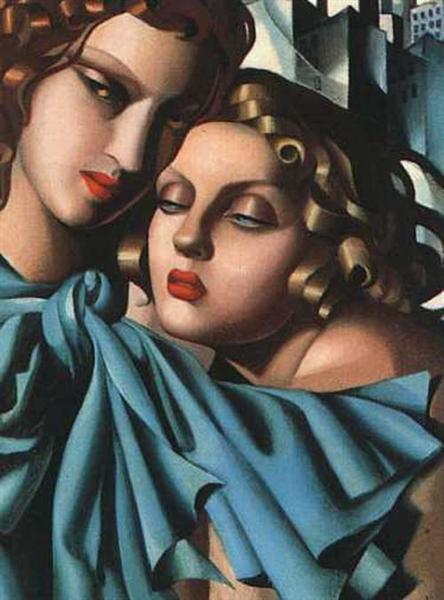
Adolphe Jean-Marie Muron (A. M. Cassandre) The master’s works fully demonstrate elegance, futuristic inspiration with their energy and dynamism, as evidenced by such works as Nord Express. In 1925, his painting Au Bûcheron won first place at the International Exhibition of Decorative Arts, which gave the style its name. Today, his paintings serve as a source of inspiration for artists and designers around the world, and Adolph himself is considered the preeminent Art Deco artist in art.
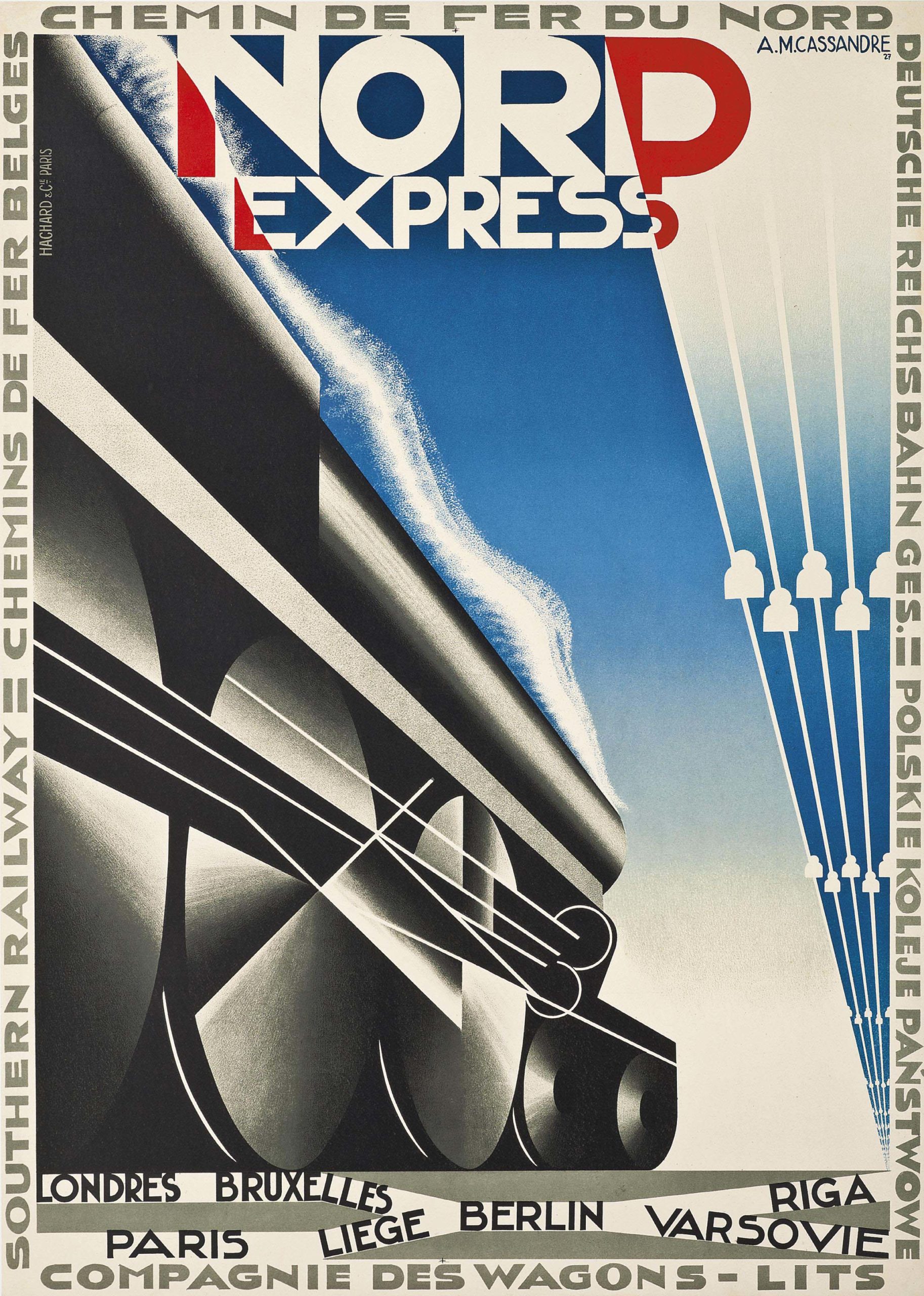
Jean Dupas. Also a Frenchman, who similarly presented his work at the same exhibition as Cassandre. On it he hung the work “Les Perruches” (“Parrots”), which not only brought him fame, but also determined his future career, and, perhaps, the most famous in this movement.
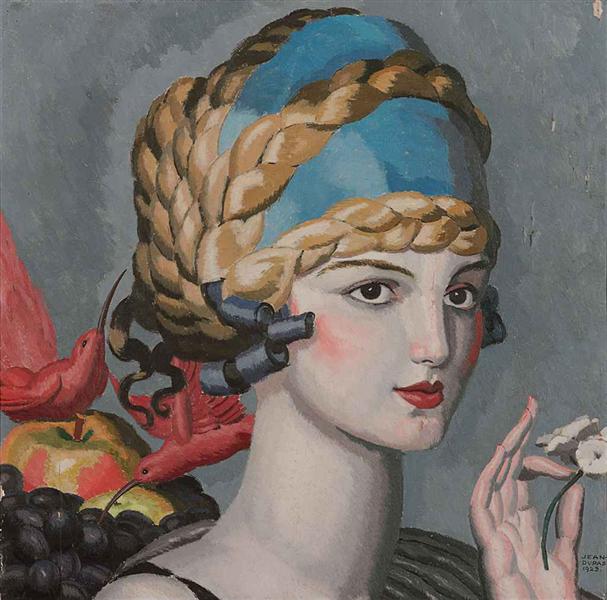
Rafael Delorme. He left a noticeable mark on the history of art. He is now recognized as one of the most important figures of the Art Deco period, along with Jean Dupas and Tamara de Lempicka.

Jean Gabriel Domergue. French artist who specialized in portraits of Parisian women.
